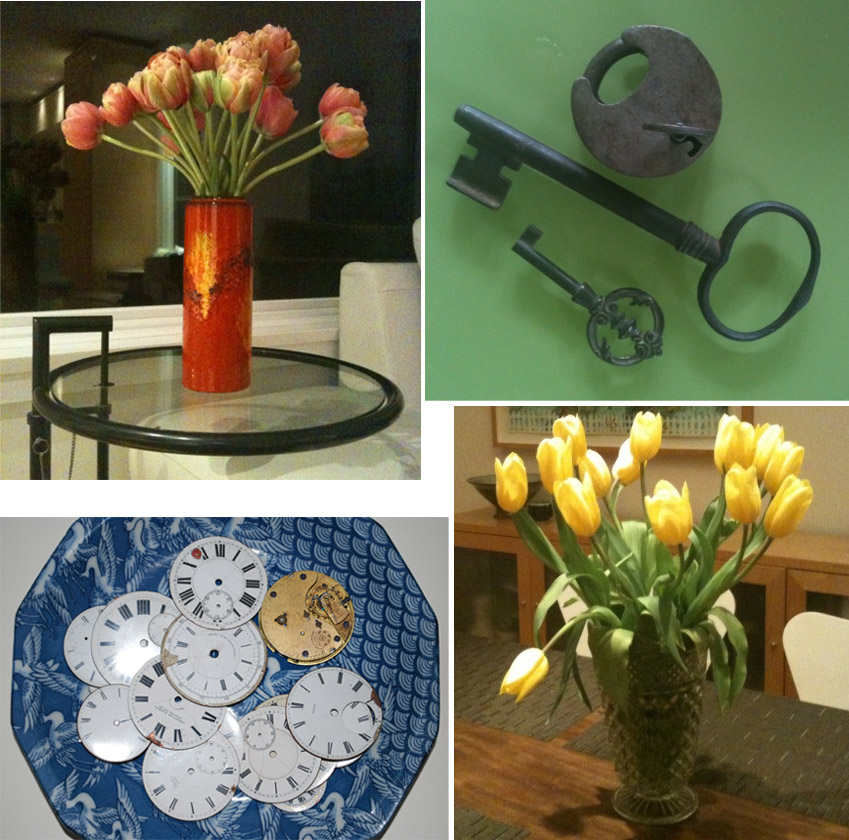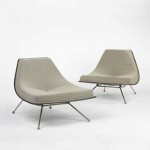One of Graham’s and my favourite things to do when we travel is to visit flea markets, vintage shops and thrift stores. We have visited these in Santa Barbara, Berkeley, Los Angeles, and Seattle as well as many Canadian cities. In Europe, we have been to the famous Amsterdam flea market, the seemingly endless Portobello Road in London and riverside markets by the Seine in Paris, to name a few. You may well wonder WHY do we do this. Well, I think it is part of our tourist curiosity. It is part of really exploring a place in that it tells us something about the city we are visiting. There is something intimate and unique about looking through peoples discarded treasures. You learn something about the place and the people who live there that conventional retail just doesn’t offer. The Good Will in Santa Barbara was full of designer clothes and wet suits. I bought my favourite vase for $5.00 from here. Graham was not keen on traveling with glass but I told him I would put it in my carry on and would not leave the store without it. I use that vase regularly and always think about Santa Barbara and how I must get back to that Good Will soon.Â
We also bought a pair of beautiful oriental figurines from an antique store in Berkeley, California. They were $25.00 and I had to have them. I love these Kitschy Chinoiserie figurines from the late 50’s with their incredible verdigris green and gold colour combination. In Paris we bought vintage keys in a used building supply yard and old pocket watch faces in the riverside market in London.
Of course, the main reason we love vintage shopping is the treasure hunt. We secretly hope we are smarter than the average local and will cleverly discover an unrecognized, unappreciated treasure. Or, we imagine that others may find the activity unsavory yet we will sally forth and heroically find the treasure. At any rate, travel is not about consuming generic, prefab souvenirs (Did I get this at the Chicago or San Francisco Macy’s?) Authentic tourist-vintage-love is about bringing home a unique item that is specific to its place. Let’s face it, a chain store item can be found almost anywhere but a vintage piece from a quirky, backstreet shop is a one-of-a-kind memento.
It’s also a great way to meet interesting people, either shoppers or shopkeepers who share your interest in the unusual, esoteric world of vintage. They often have a sophisticated appreciation of a piece’s history and origins and this inevitably leads to a bit of local lore – sometimes even a touch of celebrity – like when we happened upon Leonard Cohen’s daughter’s shop in L.A. So next time you travel be bold and venture off the main drag. Look for that charming down-market area, with that dowdy/funky little shop to discover something unexpected, fun and most likely affordable. You’ll find yourself with a cool souvenir plus a great story to go with it.






